El HANGAR de WINGS of WAR agosto 2012
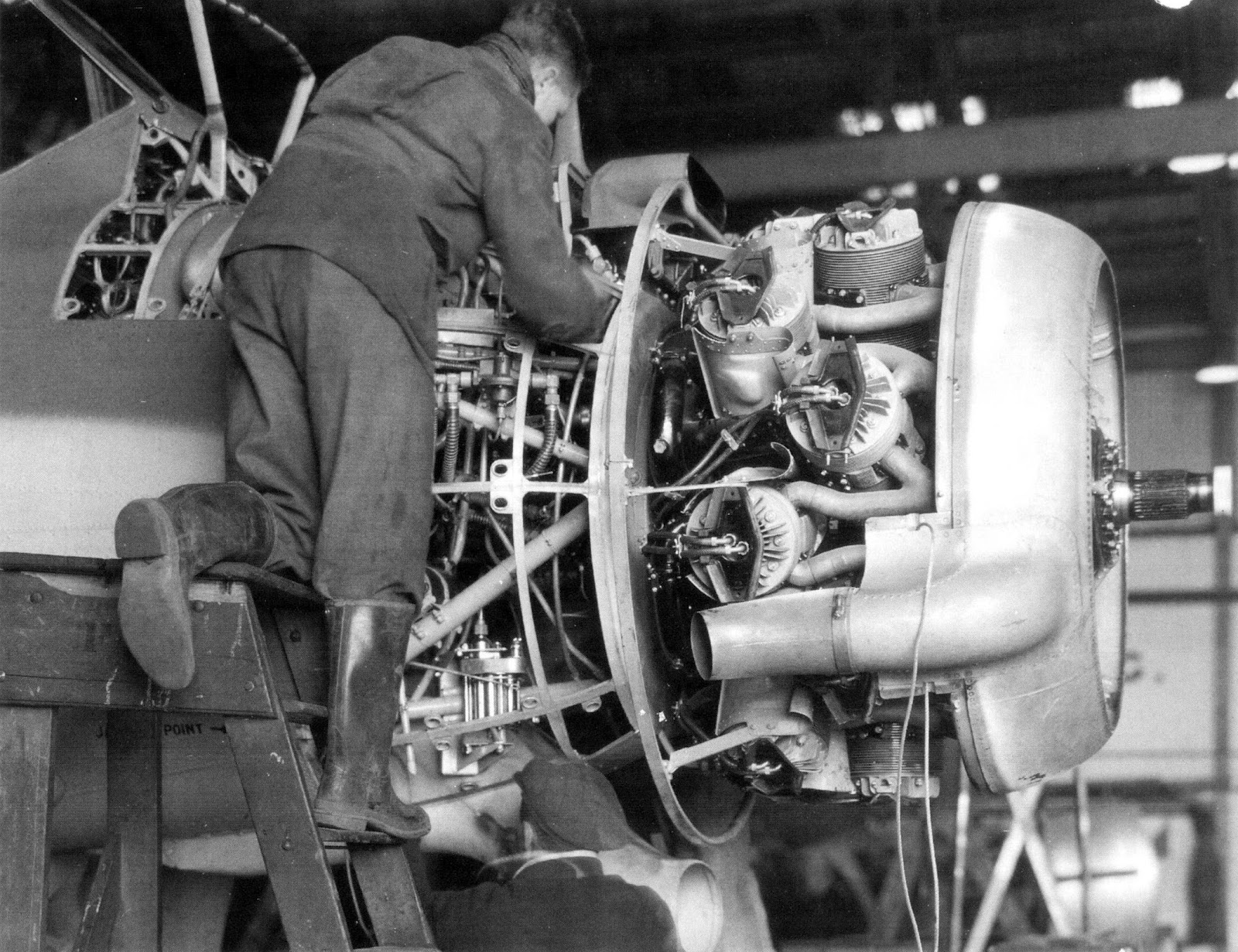
El HANGAR de WINGS of WAR agosto 2012
The Taurus is a British 14-cylinder two-row radial aircraft engine, produced by the Bristol Engine Company starting in 1936.
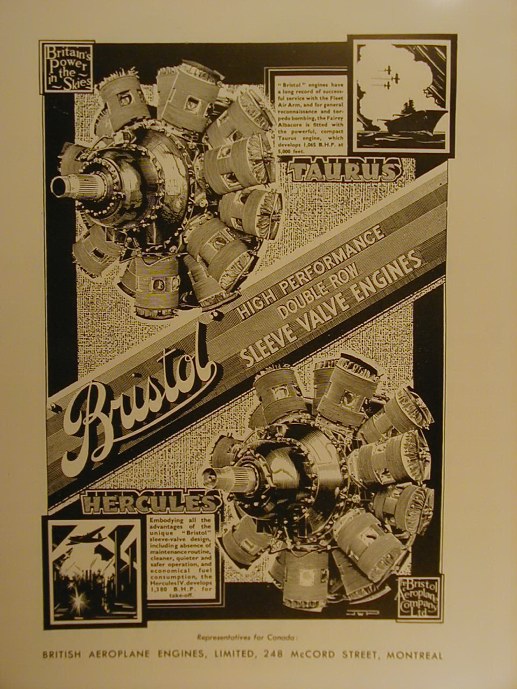
BLENHEIM
As has been posted, the Centaurus was a more reliable engine than other British ones. When built properly. Typical examples of reliability: Civil Centaurus max TBO (Time Between Overhaul) was 3000 hrs and Civil Merlin max TBO 1000 hrs. Setting up the valve timing was intensive work though.

S02E03 Bristol Taurus and Project Update YouTube
A Bristol "Taurus" engine was to be substituted in the FK-58 model intended for Dutch Air Force service but none were produced due to the deteriorating war situation. The initial production order encompassed the F.K.58 model standard with the 14AA engines in place but manufacture only yielded seven examples.

Aerospace Bristol News — Aerospace Bristol
The Taurus was a British 14-cylinder two-row radial aircraft engine, produced by the Bristol Engine Company starting in 1936. The Taurus was developed by adding cylinders to the existing Aquila design, creating a powerplant that produced just over 1,000 horsepower (750 kW) with very low weight.

Bristol Taurus Wikipedia Aircraft engine, Engineering, Radial engine
Taurus 70 Taurus 65 Taurus 60 Mercury 50 Centaur 50 Centaur 40 Saturn 20 Saturn 10: Services:. they won a number of contracts to produce jet engine components. Convinced that the gas turbine was the prime mover of. and Bristol Olympus. It was during this time that one of its engineers, Wendell Reed, developed the pneumatic engine.

"Bristol" Beaufort. Two "Bristol" Taurus 14 cylinder 1,000 h.p. sleevevalve engines. Four
The Taurus is a British 14-cylinder two-row radial aircraft engine, produced by the Bristol Engine Company starting in 1936. The Taurus was developed by adding cylinders to the existing single-row Aquila design and transforming it into a twin-row radial engine, creating a powerplant that produced just over 1,000 horsepower with very low weight.

Bristol taurus hires stock photography and images Alamy
The Albacore, known as the Applecore to its crew, first went into service in 1940 and was a biplane with three seats and a Bristol Taurus engine. A total of 798 of them were manufactured before the plane was retired. The Albacore could reach 6,000 feet in roughly eight minutes, which was quite a feat at that time.
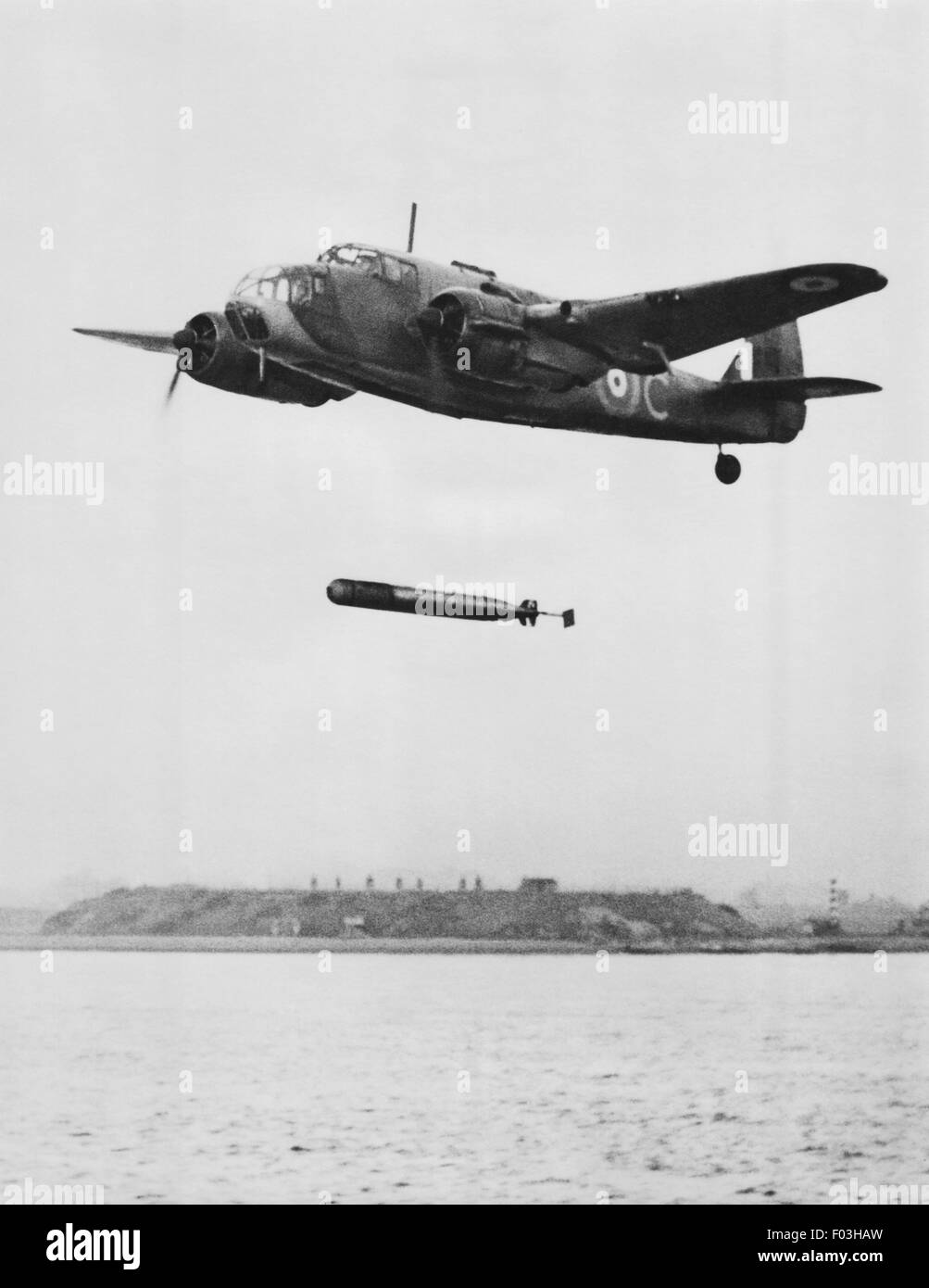
"Bristol" Beaufort. "Bristol "Type 152. Two Bristol Taurus 14 Stock Photo, Royalty Free Image
Actual size of negative is C (approximately 4 x 5 inches). Title and other information from caption card. Transfer; United States. Office of War Information. Overseas.
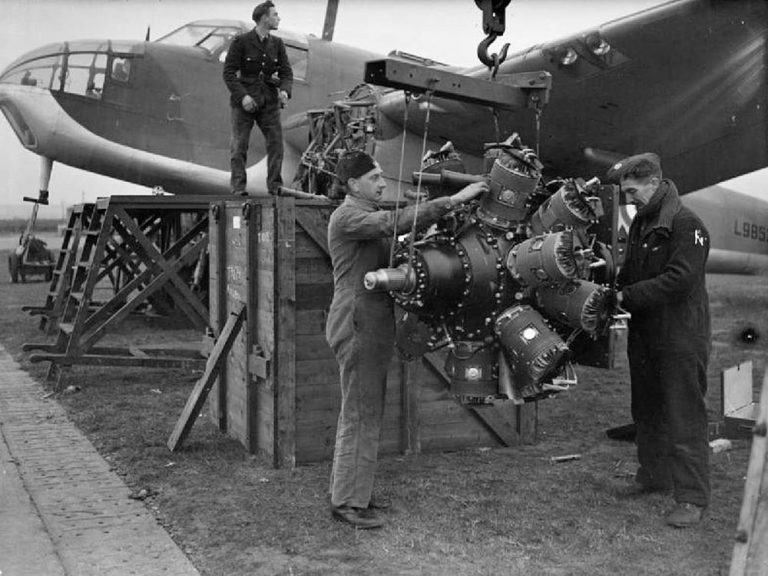
Bristol Taurus VI Engine WW2 Images
The Centaurus was the final development of the Bristol Engine Company 's series of sleeve valve radial aircraft engines. The Centaurus is an 18-cylinder, two-row design that eventually delivered over 3,000 hp (2,200 kW).
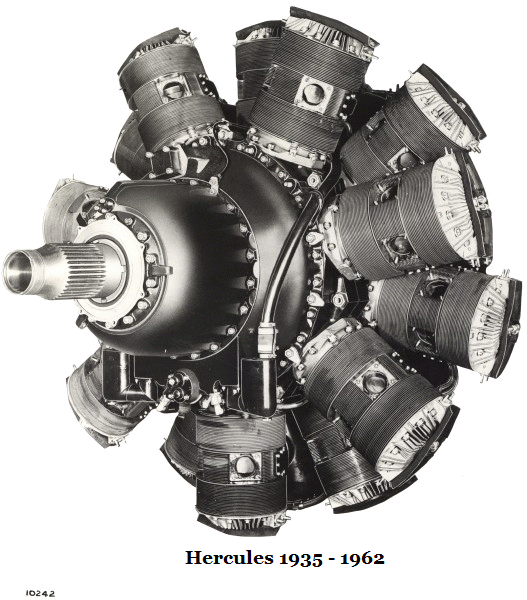
Bristol Taurus
The Taurus is a British 14-cylinder two-row radial aircraft engine, produced by the Bristol Engine Company starting in 1936. The Taurus was developed by adding cylinders to the existing single-row Aquila design and transforming it into a twin-row radial engine, creating a powerplant that produced just over 1,000 horsepower (750 kilowatts) with very low weight.

Bristol Centaurus Alchetron, The Free Social Encyclopedia
The engine in your machine is the 3.152 perkins diesel engine. You should be able to buy the original parts or after market parts for this engine as they are available at a reasonable price. The steering clutches: It is best to take the seat off and take the 2 plates off under the seat don't touch the centre plate - (it is too your bevel gear).

The Bristol Taurus II and de Havilland airscrew installation on a Fairey Albacore, Stock Photo
The Taurus is a British 14-cylinder two-row radial aircraft engine, produced by the Bristol Engine Company starting in 1936.

15_002542 Bristol Beaufort Bristol Taurus VI Engine
Our Company Heritage Heritage Search Bristol Type 148 Two Army Cooperation prototypes that competed unsuccessfully against the Westland Lysander. The Mecury-powered first prototype of the Bristol Type 148 K6551 at Filton in October 1937.
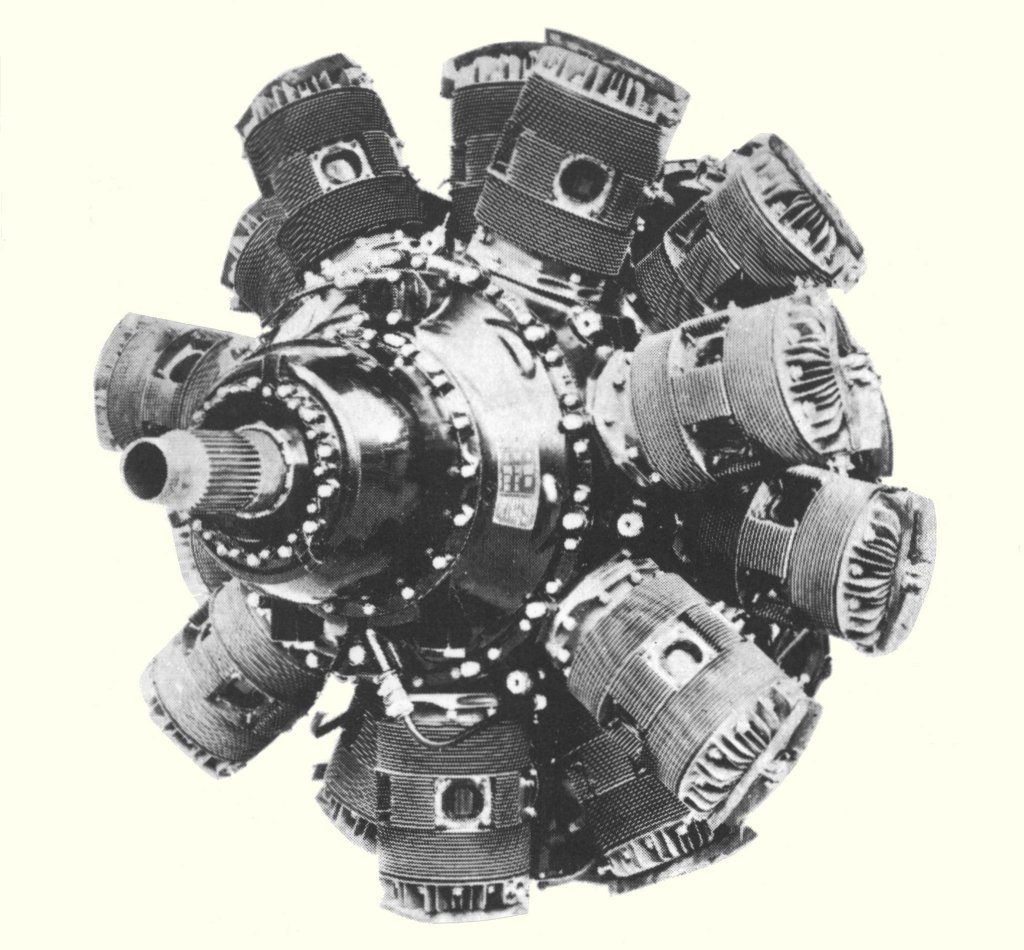
Bristol Taurus
In 1935 the British Air Ministry issued specifications for a torpedo bomber and general-reconnaissance aircraft /bomber and this led to the Bristol Beaufort, an initial contract for 78 aircraft being placed in August 1936, the prototype flying for the first time on 15 October 1938. Power plant was the 843 kw (1,130 hp) Bristol Taurus 14.

Gloster F9/37 Bristol Taurus engines Jet age, Fighter jets, Gloucestershire
Applications: Bristol Type 148 Bristol Beaufort Fairey Albacore Fairey Battle (testbed only) Gloster F.9/37 General characteristics: (Taurus II) Type: 14-cylinder, two-row, supercharged, air-cooled radial engine with dual ignition Bore: 5 in (127 mm) Stroke: 5.625 in (143 mm) Displacement: 1,550 in³ (25.4 L) Length: 49.2 in (1,250 mm)
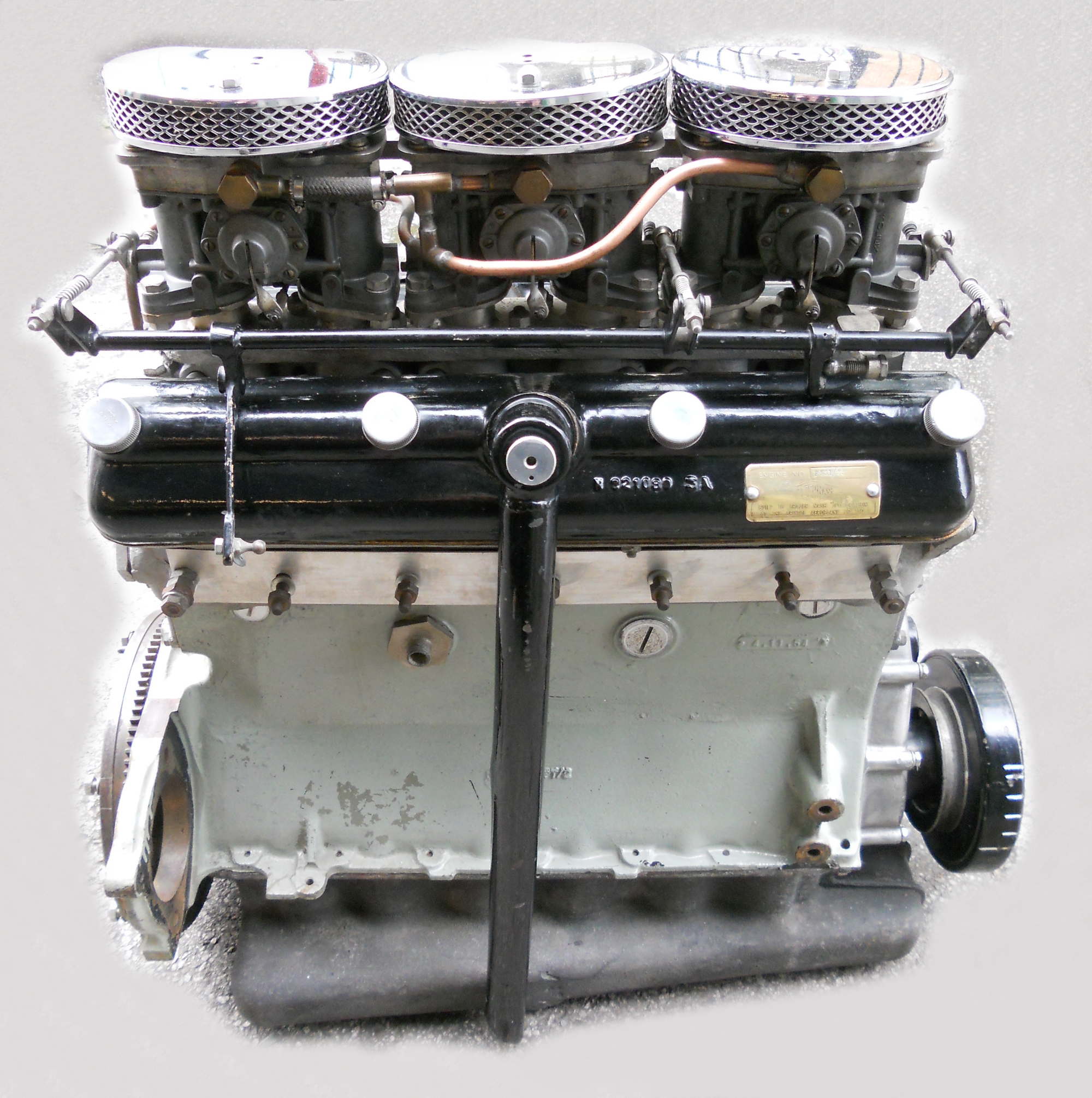
For Sale Bristol 100 B2 Race Engine INRacing
Bristol Centaurus. The Centaurus was the final development of the Bristol Engine Company's series of sleeve valve radial aircraft engines. The Centaurus is an 18-cylinder, two-row design that eventually delivered over 3,000 hp (2,200 kW). The engine was introduced into service late in the Second World War and was one of the most powerful.